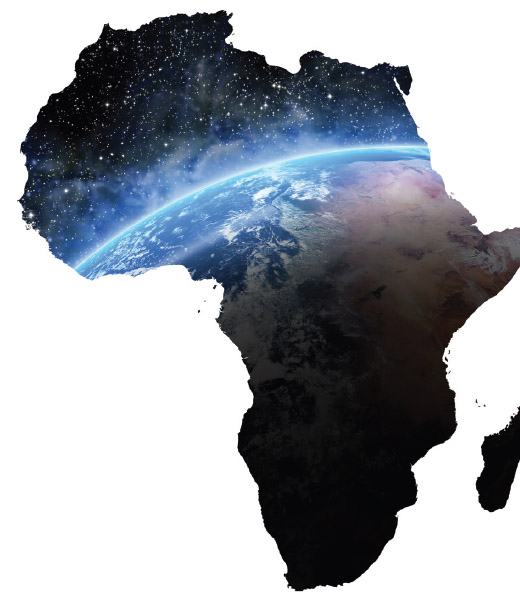Dear colleagues,
There is a new submission deadline of **Dec 31, 2016** for the Special Section: “New advances in subduction zone magma genesis” in the American Mineralogist ‘s Centennial Volume (2015-2016) to align with other sections in the volume. Please see the original email given below for further details.
Kind regards,

 Africa Award for Research Excellence in Earth and Space Science
Africa Award for Research Excellence in Earth and Space Science